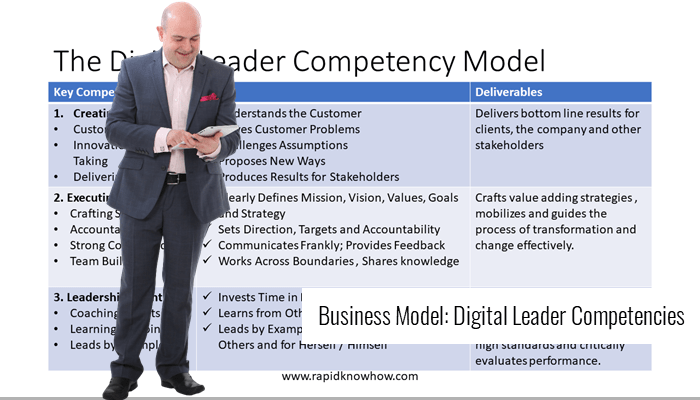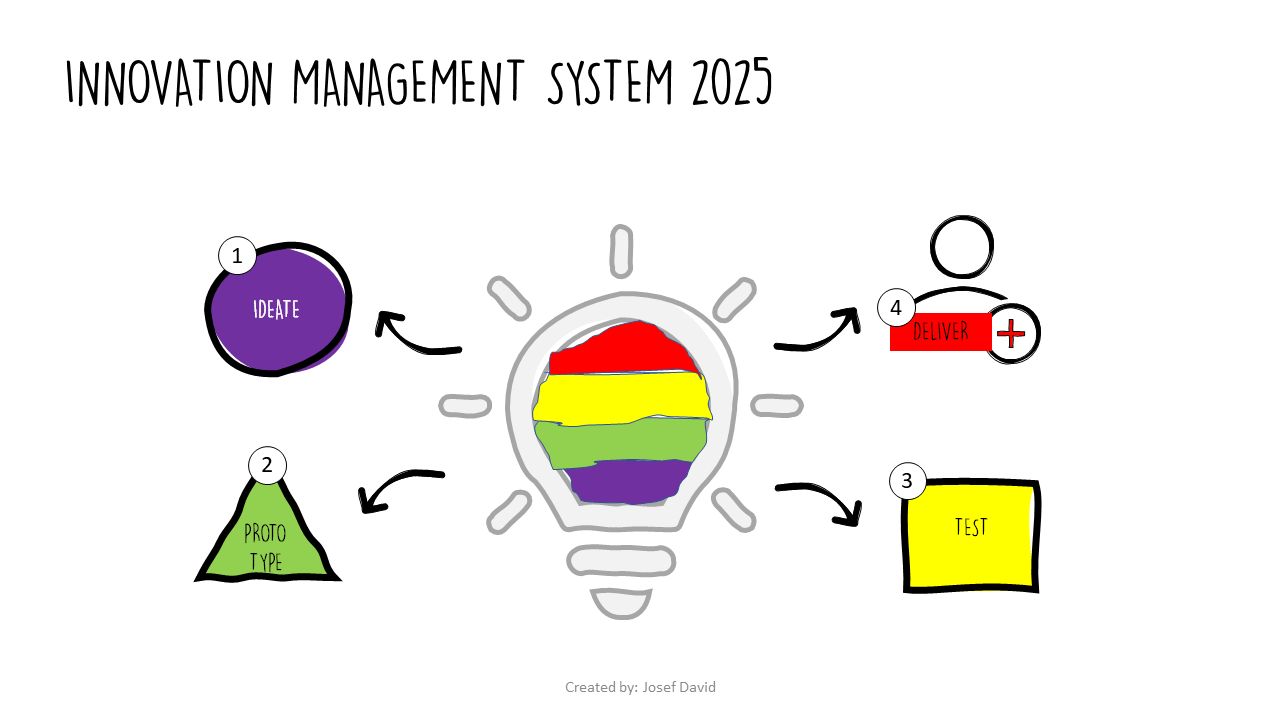Introduction to AI for Business
In today’s digital landscape, unlocking AI for business is no longer a luxury; it’s a necessity. Companies that harness the power of AI can significantly improve their operational efficiency, streamline customer service, and make data-driven decisions. This guide provides actionable steps to help your organization leverage AI effectively for maximum impact.
Step 1: Identify Your Business Needs for AI Integration
The first step in implementing AI solutions is to identify your organization’s specific business needs. Consider the following questions:
- What common challenges do we face in daily operations?
- Where can we enhance efficiency across departments?
- How can AI improve the customer experience?
By answering these questions, you can target areas most likely to benefit from AI technologies. For example, if your customer service operations are overwhelmed, deploying AI chatbots could revolutionize your approach by providing instant support.
Step2: Research Effective AI Solutions
With your business needs defined, the next step is to explore available AI solutions tailored to those requirements. Some prominent AI applications include:
- AI-Driven Customer Relationship Management (CRM): Leverage AI to analyze customer interactions and optimize service strategies.
- Predictive Analytics: Utilize AI models to forecast market trends and manipulation of consumer behavior, driving strategic planning and decision-making.
- Chatbots and Virtual Assistants: Streamline customer service processes by automating responses to common inquiries.
It’s crucial to evaluate user reviews, case studies, and performance metrics to find the best AI tools for your business.
Step 3: Set Clear and Measurable Goals
Once you have selected potential AI tools, it is essential to establish specific, measurable goals. For example:
- Reduce customer service response time by50%
- Increase sales conversion rates by 20%
- Decrease operational costs by15%
Setting concrete objectives allows you to monitor progress effectively and assess the success of your AI implementations.
Step 4: Seamlessly Implement AI Tools
With your goals in place, it’s time to roll out the chosen AI technologies. Consider the following elements during implementation:
- Training Staff: Equip your team with the necessary skills through comprehensive training sessions on new AI tools.
- Integrating Systems: Ensure smooth integration of AI software with your existing systems to maintain workflow continuity.
- Running Pilot Projects: Start with a limited-scale pilot program to test and refine AI solutions before committing to full implementation.
Step5: Monitor, Evaluate & Optimize AI Performance
After deploying your AI tools, continuous monitoring is key to long-term success. Utilize analytics to track the performance against your established goals. Gather feedback from employees and customers, enabling you to identify areas for optimization.
Be proactive about making adjustments to your AI strategies based on insights gained. Regularly retrain models or tweak settings to ensure you’re achieving optimal performance from your AI applications.

Conclusion: Transform Your Business with AI
Integrating AI in business can dramatically transform your operations, enhance customer satisfaction, and drive revenue growth. By following these actionable steps, you can position your organization for future success while embracing innovative technologies.
Call to Action: Start Your AI Journey Today!
Are you ready to accelerate your business growth with AI? Start by identifying your needs today and explore solutions tailored to your goals! Contact us for a free consultation and discover how we can help your business thrive with the power of artificial intelligence.
SEO Optimization Elements
Keywords to Incorporate
- AI in business
- artificial intelligence for business
- AI applications
- business efficiency
- customer service AI
- predictive analytics
- chatbot technology
- AI solutions for business
Quick Tips for On-Page SEO
- Use H2 and H3 tags strategically with keywords.
- Write engaging meta descriptions that encapsulate core themes and include primary keywords.
- Optimize images with descriptive file names and alt text.
- Ensure mobile-friendly design and fast loading speeds.
By integrating these SEO strategies into your blog post, you can enhance your online visibility and increase your chances of ranking on the first page of search engine results!
This version maximizes the potential for ranking well on search engines by ensuring keyword relevance, providing clear calls to action, and offering useful, organized content.





